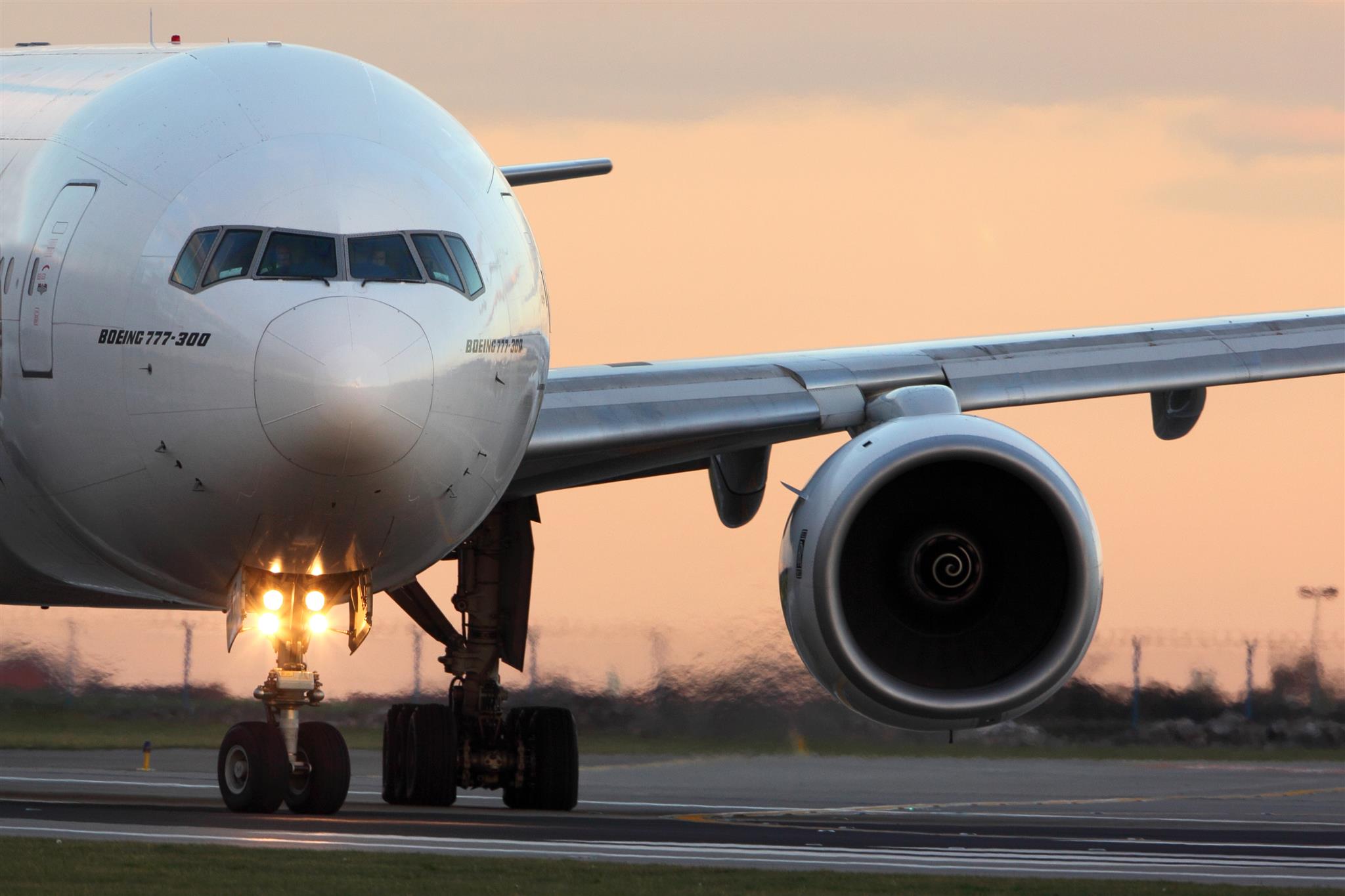Boeing's troubles have deepened after its shares dropped to 1.29% yesterday following a statement on Sunday that the firm knew about a problem with its Angle of Attack (AOA) Disagree alert on 737 Max jets a year before the aircraft was involved in two fatal accidents.
The AOA was designed to let pilots know when two different sensors were reporting conflicting data. Boeing said it had intended to provide the feature as standard, but this was not the case, as it was only available if airlines purchased an optional indicator.
Boeing had intended to deal with the problem in a later software update.
In October 2018, 189 people were killed in a Lion Air crash, this was followed by a Ethiopian Airlines flight which crashed in March killing 157 people.
This resulted in the worldwide grounding of all 737 Max planes with no word on when the aircraft is set to fly again.
However, Boeing has insisted that the AOA alert was not at fault. In a statement the company said: “Boeing discussed the status of the AOA Disagree alert with the FAA in the wake of the Lion Air accident. At that time, Boeing informed the FAA that Boeing engineers had identified the software issue in 2017 and had determined per Boeing’s standard process that the issue did not adversely impact airplane safety or operation.
"In December 2018, Boeing convened a Safety Review Board (SRB) to consider again whether the absence of the AOA Disagree alert from certain 737 Max flight displays presented a safety issue. That SRB confirmed Boeing’s prior conclusion that it did not. Boeing shared this conclusion and the supporting SRB analysis with the FAA.”

